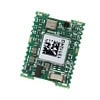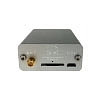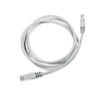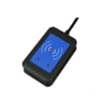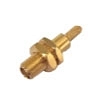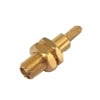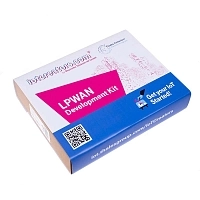SECTRON RFID Core
SECTRON RFID Core is an RFID application that offers a stable and secure foundation for a wide range of client requirements. The application is suitable for monitoring company and production processes, warehousing, inventory of workplace equipment up to automated entrance and security gates and attendance systems.
The application can display data in various graphical forms - from simple tables to advanced graphic compositions that can visualize business processes or tracking objects and people. Working with data is also very modular with the possibility of a local database or direct writing to the internal memory of passive RFID tags.

The application works with all modern security techniques of the "GEN2" RFID tag - from preventing copying of the tag, reading the tag on other RFID readers, to automated permanent destruction of already invalid tags. Thanks to this, the deployment of our platform is also suitable for applications where security is required, such as entrance gates, entrance systems and more.
RFID is experiencing tremendous growth today and is starts to appear in the areas of industry, logistics, manufacturing processes, healthcare, warehouse management, travel and everyday life.
RFID (Radio Frequency Identification) is a term for technologies that use radio waves to identify objects. The technology uses electromagnetic waves and related radio systems. This is the so-called contactless data exchange between the RFID transponder and the RFID reader module (simply reader). The basic components of RFID are: tags, a reading module (consisting of a transmitter and a receiver), a service computer that ensures mass communication between all read tags within range of reading devices and controls the processing of transmitted data.
RFID technology allows the identification of almost any object using data that are stored in a so-called RFID tag. Tags contain a combination of a chip and an antenna, or a battery if they are active tags. An RFID tag is a chip equipped with an antenna that is capable of transmitting and transcribing data. RFID tags are available in many designs, which differ in shape and material used. The best known example of an RFID tag is an adhesive label that can be incorporated into a package or product.
Examples of RFID use:
• Monitoring the movement of people (employees, patients)
• Identification and monitoring of animals
• Warehouses, shipping and logistics (warehouse management, goods registration)
• Transport and travel (luggage tracking)
• Production processes (production process monitoring, production traceability)
• Retail stores (security of goods)
• Asset and equipment management (rentals, laundries)
• Contactless entrance gates and entrance systems
• Waste disposal




